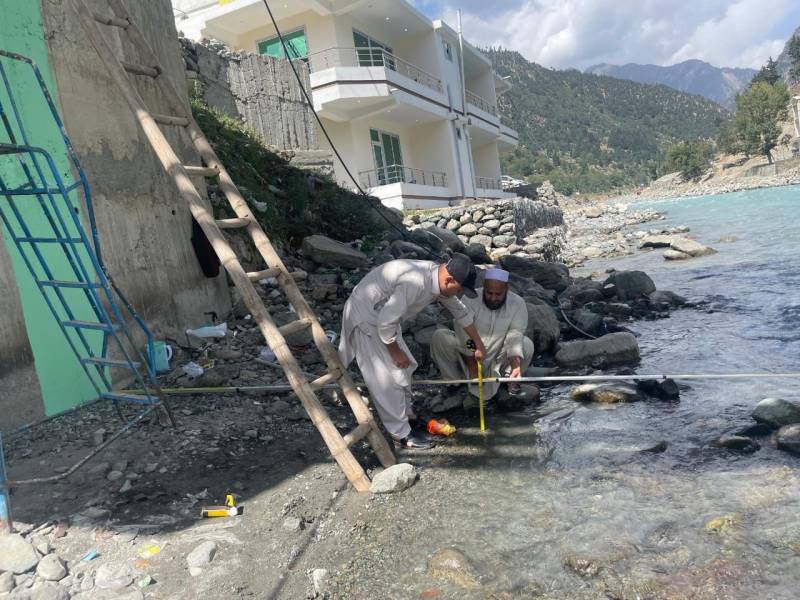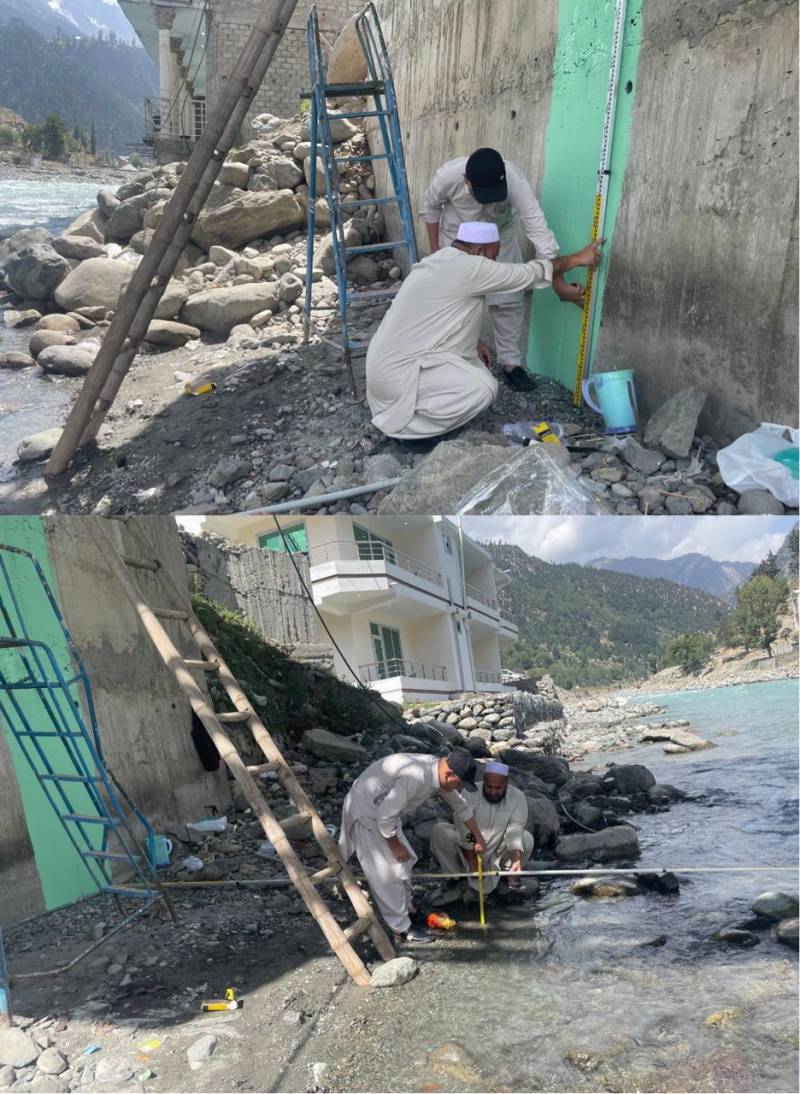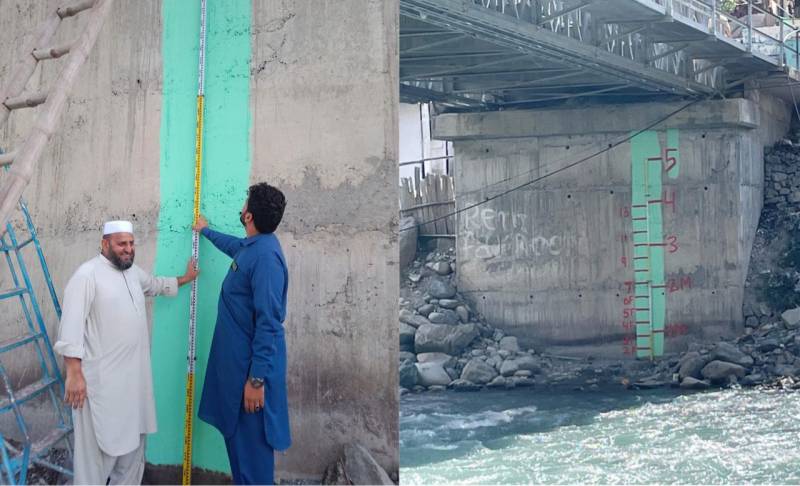
In the aftermath of the devastating floods of 2022, which claimed 24 lives and wreaked havoc across the Swat district, the need for a robust disaster preparedness system became urgent. As the nation grapples with the escalating impacts of climate change, a glimmer of hope emerges from Khyber Pakhtunkhwa (KP) with the launch of an Artificial Intelligence-based Flood Early Warning System (FEWS). This innovative technology is poised to transform how communities respond to flooding, potentially saving lives and livelihoods in one of the country's most climate vulnerable regions

The 2022 floods were triggered by heavy rainfall, where records show the water flow in River Swat swelled to 202,430 cusecs, double the flow recorded during the 2010 floods.
The flood damaged some 2,336 houses, 52 hotels, 438 schools, 14 bridges, and 517 kilometers of roads in Swat. The worst-hit area was Bahrain Tehsil, where 600 houses were destroyed, while 500 houses suffered partial damage. In addition to residential properties, some 30 bridges and 400 shops were also affected, with 38 electricity poles damaged. The floods left various areas, including Bahrain, Kalam, Mankiyal, Ushu, Matiltan, Madyan, and Gabeen Jabba inaccessible.
A report prepared by the provincial government on the damage suffered, revealed that the Malakand Division was severely affected, with 66 deaths and 47 injuries reported. The floods damaged 2,336 residential houses, 438 schools, 35 health centers, 517 roads, 141 bridges, and 183 irrigation channels. Furthermore, 711 livestock were killed, and 13 sports facilities and 50 community electricity houses were affected.
The devastating floods raised concerns about the region's vulnerability to climate change and natural disasters, highlighting the urgent need for climate resilience and disaster preparedness measures.
The federal government was heavily criticised for its slow response to the disaster, with many calling for improved early warning systems and emergency preparedness measures to mitigate the impact of future floods.
The role of artificial intelligence in disaster preparedness
In a bid to mitigate the devastating impact of floods, the World Wide Fund for Nature Pakistan (WWF-Pakistan) has launched an Artificial Intelligence-based Flood Early Warning System (FEWS) in Swat, Khyber Pakhtunkhwa.
The system, installed in Kalam, is a collaborative effort between WWF-Pakistan, Systems of the Ghulam Ishaq Khan Institute (GIK), and the Swat district administration. It aims to reduce damages caused by floods by providing timely warnings.

WWF-Pakistan has been working in Khyber Pakhtunkhwa for several years to address the impacts of climate change.
For Muhammad Bashir, a resident of the Swat riverbank, the new system brings hope. "We've lost our home three times to floods, suffering losses worth millions. My seven-year-old daughter, Ayesha Bashir, also lost her life (to the floods). We have no capital or business; our only asset is our lives."
Bashir expressed optimism about the new technology: "This project is our last hope. With early warnings, we can save lives, even if we can't save our homes."
Swat Deputy Commissioner Shehzad Mehboob told The Friday Times that Khyber Pakhtunkhwa (KP), particularly Swat, is vulnerable to natural disasters and climate change. To mitigate these risks, measures are being taken. Recently, WWF-Pakistan and the Ghulam Ishaq Khan Institute collaborated to introduce the Artificial Intelligence-based flood warning system.

"This technology will enable us to receive timely alerts before floods occur, allowing us to take prompt action," Mehboob said, adding, "Future projects are also in the pipeline to combat climate change and natural disasters."
He emphasised the global impact of climate change and natural disasters, underscoring Pakistan's efforts to leverage technology to minimise damages.
Asim Haider, a senior officer for WWF-Pakistan on its Flood Recovery Project, shared with The Friday Times that "after the 2022 floods, we initiated the Flood Recovery Project, which includes the Flood Early Warning System. Thankfully, our tireless efforts have paid off."
Asim explained that the system uses cameras, sensors, and water gauges to monitor water levels and flow rates in the River Swat. "The data will be analysed, and local administrations and relevant departments will be alerted to potential dangers, helping to minimise damages."
Pakistan ranks seventh among countries most vulnerable to climate change, with 139 natural disasters occurring over the past 20 years.
The Federal Flood Commission emphasises the need for modern technology to combat climate change impacts.
This innovative system aims to safeguard communities and reduce the risk of flood-related disasters in Pakistan.

